Stuff
As I type on the bus headed up the hill to the highlands of Puerto Ayora for a long morning of photographing Galapagos Tortoises, the spectacular Galapagos race of Yellow Warbler, and several species of Darwin’s finches my plan is as follows: buy a diet soda at the local pizza store, get online via their wifi, and publish this blog post. Well, that is the plan. I am not sure if the local wifi system will allow me to upload the images.
So far the trip has been a huge success. The group is fantastic, eager to learn, and the various personalities have meshed perfectly both onboard our home for two weeks and in the filed. And best of all, we have enjoyed mostly cloudy and overcast weather with zero drops of rain. One hot, sunny, blue sky afternoon put the hurt on our landing at Urbina Bay, Isabella. Despite that, Juan did find us one nice, large Land Iguana who posed for us in the shade.
I would assume that after viewing the variety and quality of the images in this blog post that most passionate nature photographers would wish to join us on the next Galapagos photo adventure during the first two weeks of August, 2017. If that includes you, please shoot me an e-mail with the words “Galapagos August 2017 Photo-Cruise” cut and pasted into the Subject Line. Details will be announced shortly after I get back. The best news is that there will be two great leaders, yours truly and Denise Ippolito.
As most of you know or have figured out by now, I am currently leading a BIRDS AS ART Instructional Photo-Cruise in the Galapagos archipelago. Basically, I will not have internet access until late in the day on July 29 so please refrain from e-mailing me at the traditional samandmayasgrandpa@att.net address until very late July. For mail order or other help please contact Jim by phone M-F at 863-692-0906 or via e-mail at the staffbaa address. To register for an IPT please contact Jennifer by phone during weekday banker’s hours at 863-692-0906 or via e-mail to our Verizon address with ATTN: JEN in the subject line. AS a side note, my right hand man Jim Litzenberg can help you with just about anything BIRDSASART.
Please Help Support My Work on the BAA Blog
Thanks a Stack! June was a Great Month.
The last few weeks have been quite rewarding. Thanks a stack to the many who used our B&H links for purchases large and small. Right now I am working closely with my B&H rep to have four 400 DO and two 100-400 II BAA Affiliate orders expedited. It has been nearly impossible to come by a 400 DO II. I am hoping that my efforts pay dividends fairly soon…. 100-400IIs are now in stock at B&H. The 400 DO II lenses continue to be in very short supply. The sooner you order, the sooner you will get yours; I am working closely with my contact at B&H to have the current orders expedited when a shipment does actually arrive.
To show your appreciation for my efforts here, we ask, as always, that you use our the B&H and Amazon affiliate links on the right side of the blog for all of your purchases. B&H Is recommended for you major photography gear purchases, Amazon for your household, entertainment, and general purpose stuff. Please check the availability of all photographic accessories in the BIRDS AS ART Online Store, especially Gitzo tripods, Wimberley tripod heads, and the like. We sell only what I have used, have tested, and can depend on. We will not sell you junk. We know what you need to make creating great images easy and fun. And we are always glad to answer your gear questions via e-mail.
I would of course appreciate your using our B&H affiliate links for all of your major gear, video, and electronic purchases. For the photographic stuff mentioned in the paragraph above we, meaning BAA, would of course greatly appreciate your business. Here is a huge thank you to the many who have been using our links on a regular basis and visiting the BAA Online store as well.
|
This image was created at Darwin Bay, Genovesa (Tower Island) at 10:01 am on Day 2 of the 2015 Galapagos Photo Cruise with the hand held Canon EF 100-400mm f/4.5-5.6L IS II USM lens (at 400mm) and the amazing Canon EOS 7D Mark II. ISO 400. Evaluative metering +1 1/3 stops off the bright white feathers on the bird’s back in hazy sunlight: 1/400 sec. at f/13 in Manual Mode. AWB. Left Upper Zone AF/AI Servo/Rear Focus AF as framed was active at the moment of exposure (as is always best when hand holding). The AF system chose the AF point three to the left of the center AF point–it was squarely on the bird’s right eye. Click here to see the latest version of the Rear Focus Tutorial. Click on the image to see a larger version. Image #1: Nazca Booby–tight face shot facing |
Galapagos First Week/Gear Plan Working Perfectly…
On most landings I have been bring both the 400 DO and the 100-400 II ashore, the DO in the Think Tank Glass Limo, usually with the 1D X attached and the lens hood in place and the 7D II mounted on the 100-400 II on my right shoulder via the RS-7 Strap. I have, depending on the reach that I need, switched camera bodies. All of that of course with both TCs in my fanny pack ready to be used as needed. When I need to go above ISO 800, as with the Short-eared Owl image below, I always go with the 1D X. So far so good.
Tight Face Shot Success
The image above was the result of careful planning, good thinking, the close-focusing ability of the 100-400 II, and my fierce determination to create something special. Visualizing a tight head portrait, I positioned myself close to the bird, tried various AF configurations, and wound up keeping 19 of about 200 images; the one presented here today was clearly the best for me….
|
This image was created at Prince Phillip’s Steps, Genovesa (Tower Island) at 4:01 pm on Day 2 of the 2015 Galapagos Photo Cruise with the tripod-mounted Canon EF 400mm f/4 DO IS II USM lens with the Canon Extender EF 2X III and the Canon EOS-1D X. ISO 1600. Evaluative metering +2/3 stop in thankfully overcast conditions: 1/200 sec. at f/9 in Av mode. AWB. Center AF point (by necessity)/AI Servo Expand/Rear Focus AF on the owl’s left eye and re-compose. Click here to see the latest version of the Rear Focus Tutorial. Click on the image to see a larger version. Image #2: Short-eared Owl with its very favorite prey, a freshly killed Galapagos (Wedge-rumped) Petrel |
Going Long
I had the lens on the tripod when Indranil Sircar saw this owl land right in front of him with its prey and graciously alerted the rest of the group. I added the 2X III TC, found what seem like a good angle, calculated the exposure, and made three images. I was happy with the exposure but not with the curved stem that went right over the bird’s head so I moved to my left a few yards past the last person in line and lucked out when the bird hopped forward a few meters and was kind enough to carry its prey with it. Bingo!
|
This image was created on a zodiac cruise at Punta Mangle, Fernandina, at 5:35pm on Day 5 of the the 2015 Galapagos Photo Cruise with the hand held Canon EF 100-400mm f/4.5-5.6L IS II USM lens (at 214mm) and the amazing Canon EOS 7D Mark II. ISO 800. Evaluative metering +2 1/3 stops off the white sky (again, in thankfully overcast conditions) was a significant underexposure: 1/500 sec. at f/7.1. In Manual mode. AWB. Center Zone AF/AI Servo/Shutter button AF as framed was active at the moment of exposure. The AF system chose two AF points on row above and one column to the right of center AF point that fell on the left side of the bird’s upper breast just inside of the wing and just past the plane of the bird’s right eye. Click on the image to see a larger version. Image #3: Blue-footed Booby scratching head |
The 2017 BIRDS AS ART/A Creative Adventure Galapagos Photo Cruise
If you wish to join us for the next Galapagos photo adventure during the first two weeks of August, 2017, please shoot me an e-mail with the words “Galapagos August 2017 Photo-Cruise” cut and pasted into the Subject Line. Details will be announced shortly after I get back. The best news is that there will be two great leaders, yours truly and Denise Ippolito.
Exposure Question #1…
How many stops should I have opened up from the white sky reading to get a good exposure for the booby? Clue: this is a simple math question.
|
This image was also created at Darwin Bay, Genovesa (Tower Island), this one at 7:41 am on Day 2 of the 2015 Galapagos Photo Cruise with the tripod-mounted Canon EF 400mm f/4 DO IS II USM lens with the Canon Extender EF 1.4X III and the Canon EOS-1D X. ISO 800. Evaluative metering -1/3 stop in the shade: 1/60 sec. at f/8 in Manual mode. AWB. Three AF points to the right of and one row below the center AF point/AI Servo Expand/Rear Focus AF fell right on the bird’s eye and was active at the moment of exposure. Click here to see the latest version of the Rear Focus Tutorial. Click on the image to see a larger version. Image #4: Dark morph Red-footed Booby head portrait of adult on nest |
Genovesa (Tower Island)
Tower Island is simply one of the great world class avian and wildlife photographic locations on the planet. And the same can be said about Espanola (Hood Island). The 2015 BIRDS AS ART Galapagos Photo-Cruise is the first ever workshop to visit each of these amazing locations twice on a two-week trip. That due to a last minute schedule improvement. We are planning to do the same with our 2017 trip though with the vagaries of the National Park Service management policies there are never any guarantees. That said, every schedule change that my guide Juan has ever suggested has eventually been approved; this year’s changes were solidified just a single day before we arrived in Guayaquil.
Exposure Question #2…
Why did I need -1/3 stop of exposure compensation here to come up with the right exposure?
|
This image was created on a panga (zodiac) cruise at Punta Mangle, Fernandina, at 8:51 am on Day 6 of the 2015 Galapagos Photo Cruise with the hand held Canon EF 100-400mm f/4.5-5.6L IS II USM lens (at 400mm) and the amazing Canon EOS 7D Mark II. ISO 800. Evaluative metering +1 1/3 stops off the light sky in soft sunlight: 1/2000 sec. at f/5.6 in Manual Mode. AWB. Center AF Point/AI Servo/Shutter button AF as originally framed was active at the moment of exposure (as is always best when hand holding). Neither the selected AF point nor any of the four assist points were anywhere near the bird which was at the very top of the frame with just a smidgeon of the central tail feathers clipped. Click on the image to see a larger version. Image #5: Blue-footed starting dive |
Zodiac Cruising
Photographing successfully from a rocking zodiac is a big challenge. But with the skill of the zodiac drivers and my eight years of experience we are generally able to get everyone in position to enjoy lots of great opportunities. As we feasted on a fantastic Blue-footed Booby feeding spree–I was oh for 2013 on my last cruise–Juan had the two pangas floating in tandem; this enabled me to provide instruction to all of the group.
On our zodiac cruise in the same location on the afternoon of Day 5 we were hampered at first by wind against sun conditions: all of our potential subjects were facing away from us. As we got closer to sunset a then cloud covered the sun and we enjoyed some fine chances; see the scratching Blue-Footed Booby image above. Once we were back on the ship, Bernhard Dörner of Germany, attending his first IPT with lovely wife Ruth, said to me in somewhat broken English, “Being in the zodiac with you, hearing you explain why conditions were poor, and then understanding when and why they improved was everything to me, well worth the cost of the entire trip.” (Do understand that Bernhard’s English is light years better than my German.”)
|
This image was created on a panga (zodiac) cruise at Punta Morena, Isabela at 10:01 am on Day 5 of the 2015 Galapagos Photo Cruise with the hand held Canon EF 100-400mm f/4.5-5.6L IS II USM lens (at 338mm) with the Canon Extender EF 1.4X III and the amazing Canon EOS 7D Mark II. ISO 800. Evaluative metering -2 1/3 stops as framed: 1/800 sec. at f/13 in Av Mode. Color temperature K8000. Center AF point (by necessity)/One Shot Expand/Rear Focus AF and fire was active at the moment of exposure as framed. Click here to see the latest version of the Rear Focus Tutorial. Click on the image to see a larger version. Image #6: Galapagos Penguin sunset silhouette |
Silhouettes in the Galapagos
Silhouettes in the Galapagos on panga rides are possible for those who get out early and/or stay out late. While you cannot land before 6:00am and you must be off each island not later than 6:00pm, we are often in the zodiacs in good position to create some silhouettes whenever there is some colored sky where we need it. The trick is to have a skilled panga driver team up with a photographic leader who knows exactly where the boat needs to be positioned. That is usually me in one zodiac and Juan in the other. With five or six or rarely seven shooters in each panga and the boats bouncing up and down in the choppy water it takes lots of determination and concentration to create even one successful image…. As the zodiac moves with the current each photographer will have some good chances, often for only a few moments at best.
Be sure to like and follow BAA on Facebook by clicking on the logo link upper right. Tanks a stack!
Support the BAA Blog. Support the BAA Bulletins: Shop B&H here!
We want and need to keep providing you with the latest free information, photography and Photoshop lessons, and all manner of related information. Show your appreciation by making your purchases immediately after clicking on any of our B&H or Amazon Affiliate links in this blog post. Remember, B&H ain’t just photography!
Amazon.com
Those who prefer to support BAA by shopping with Amazon may use this link:
Amazon Canada
Many kind folks from north of the border, eh, have e-mailed stating that they would love to help us out by using one of our affiliate links but that living in Canada and doing so presents numerous problems. Now, they can help us out by using our Amazon Canada affiliate link by starting their searches by clicking here. Many thanks to those who have written.
Typos
In all blog posts and Bulletins, feel free to e-mail or to leave a comment regarding any typos or errors. Just be right :).

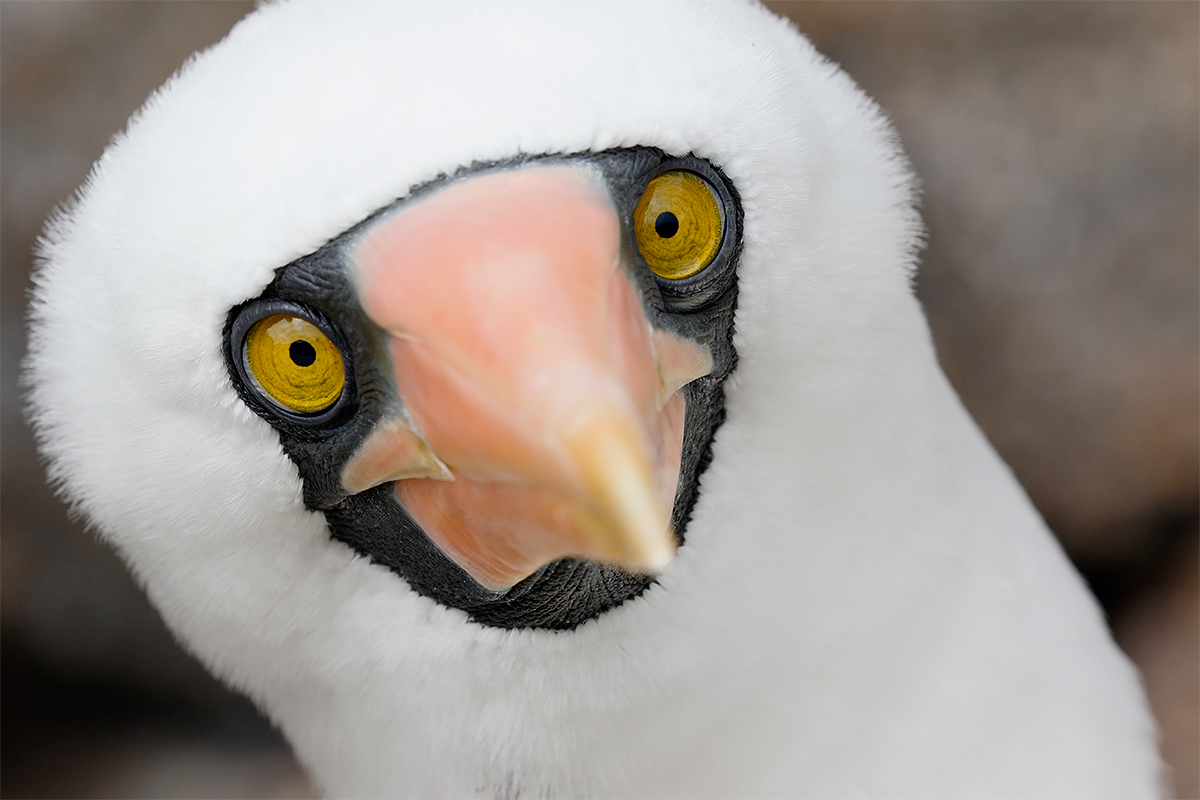
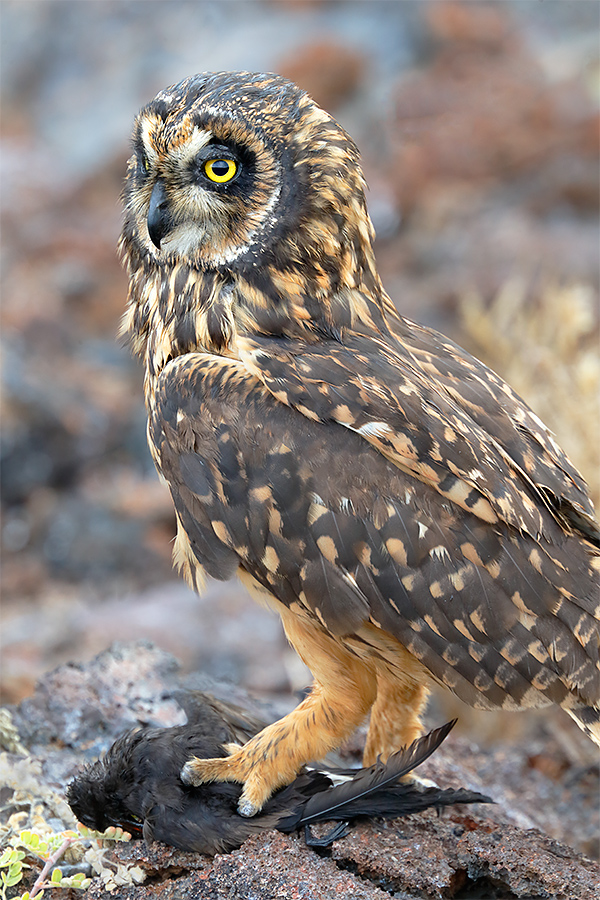
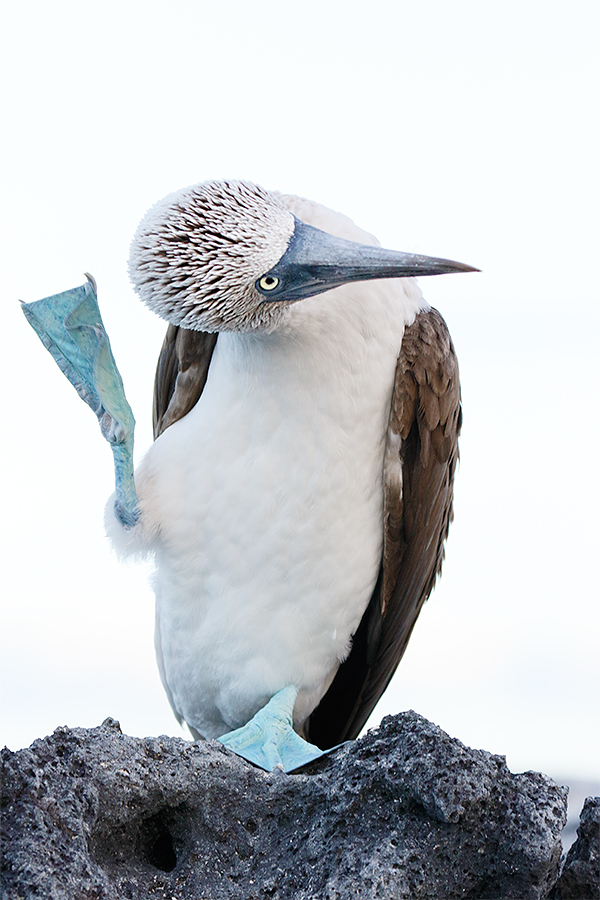
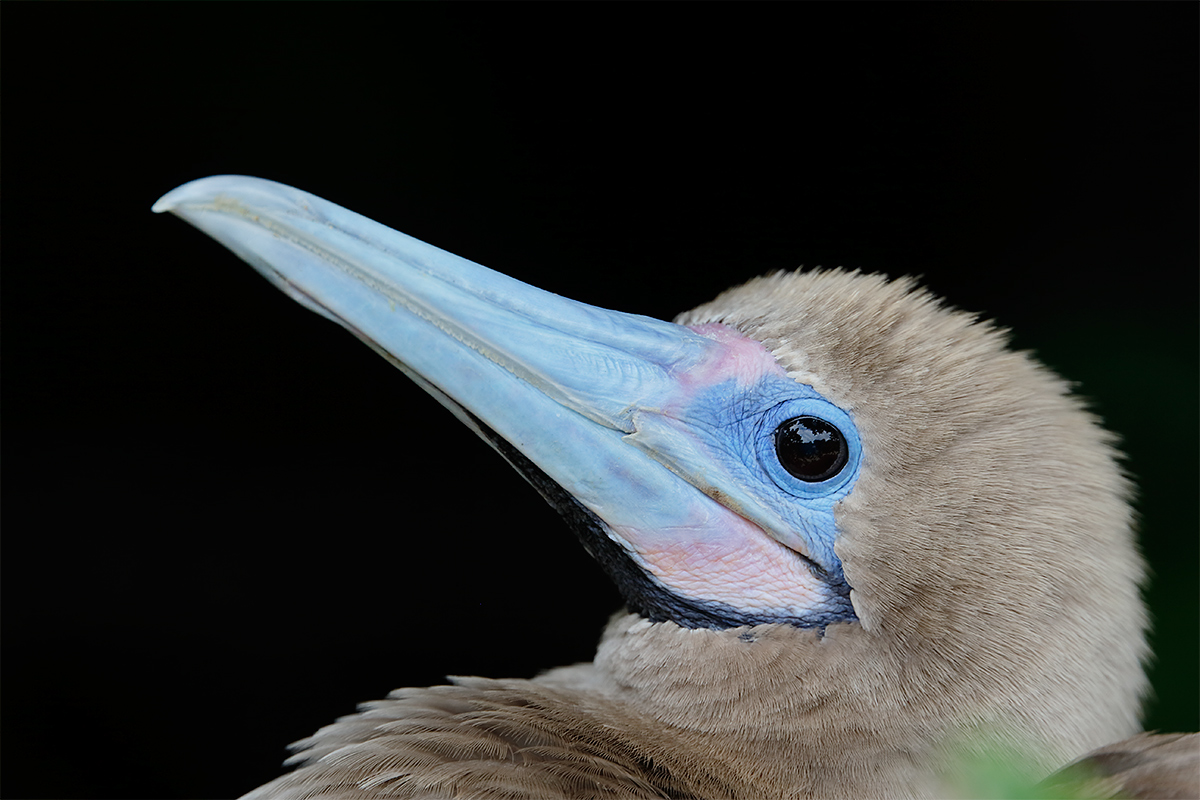
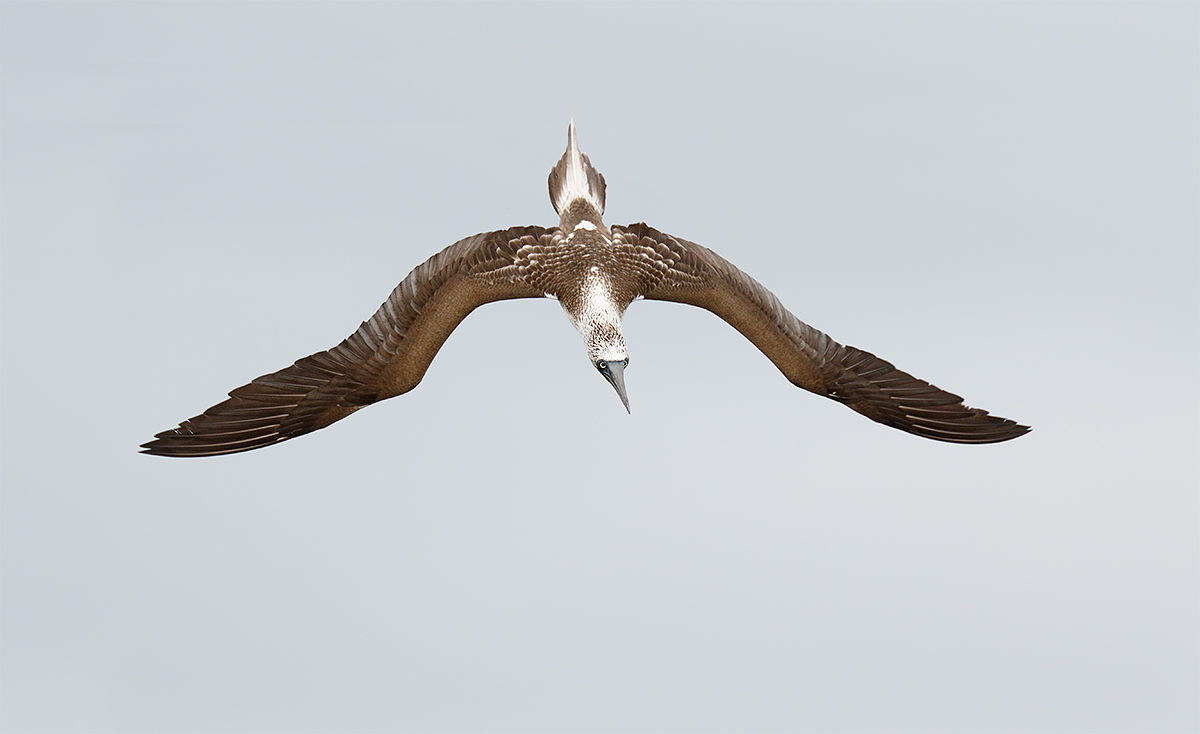














Looks like fun Artie! Bringing back memories from our 2013 trip 🙂
Love them all but the diving booby is spectacular! Safe travels 🙂
Thanks Lady D. a
I’m thinking #6 could be a contest winner. My first pick would’ve been #1, but after seeing #6, I can’t stop looking at it.
Doug
Thanks Doug. And to think that I screwed up with One-shot AF 🙂 a
Great images, I’ll never forget reading Origin of the Species as a sophomore in college and hoping some day I could see the different kinds if finches in the islands helped Darwin propose the theory of evolution. I can see the composition is perfect, but why did you not compose the shot to show the short-eared owl’s tail?
Hi John,
See “front end vertical portrait” in ABP II. If I moved back I would see lots less detail…. a
Great stuff Artie!!Never tire of seeing your work and reading info on your site.Safe travels my friend.
Hi Art,Beautiful images! Have a outstanding trip!
Lovely images Artie.
Exposure should have been plus 3 1/3 for 1st answer.
2nd question. Dark background means meter will over expose smaller subject so minus 1/3
D